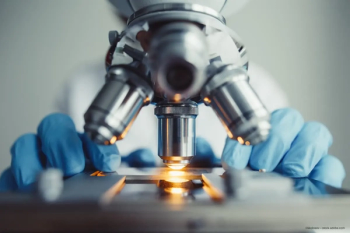
Ciliatech presents clinical trial results from SAFARI III glaucoma study
The company announced new data on outcomes for both open and narrow angle glaucoma patients.
Medical tech company Ciliatech presented one-year clinical trial results at the Ophthalmology Futures Symposium on Thursday. The event was held in Vienna, Austria, which is also the site of the
According to the news release, the data demonstrate outcomes of Ciliatech's glaucoma implant, the
The news release pointed out the significance of the CID as a viable treatment for both POAG and PACG, the latter of which disproportionately affects certain patient populations.1 While 15 to 20% of European and US populations suffer from PACG, this form of glaucoma is prevalent in more than 50% of patients of Asian descent. Additionally, most minimally invasive glaucoma surgeries (MIGS) using implants are not compatible for PACG patients.
In its statement, Ciliatech stated that enrolled patients had glaucoma with IOP > 21mmHg, uncontrolled by medications.1 Operations were performed as a stand-alone procedure and not combined with cataract surgery. “PACG is a real challenge that is underserved by the implants available today. Ciliatech’s CID and cilioscleral surgical approach are angle agnostic, so that the angle of the glaucoma does not matter in performing the surgery,” said Olivier Benoit, CEO of Ciliatech. “OAG and ACG patients can now be treated equally, with the same level of safety and performance, as indicated in our preliminary 12-month SAFARI III outcomes.”
Reference
Ciliatech presents preliminary one-year study results on treating open and narrow angle glaucoma with CID at Ophthalmology Futures Symposium. News release. Andrew Lloyd & Associates. Published 7 September, 2023. https://ala.associates/clinical/ciliatech-presents-preliminary-one-year-study-results-on-treating-open-and-narrow-angle-glaucoma-with-cid-at-ophthalmology-futures-symposium/
Newsletter
Get the essential updates shaping the future of pharma manufacturing and compliance—subscribe today to Pharmaceutical Technology and never miss a breakthrough.










































